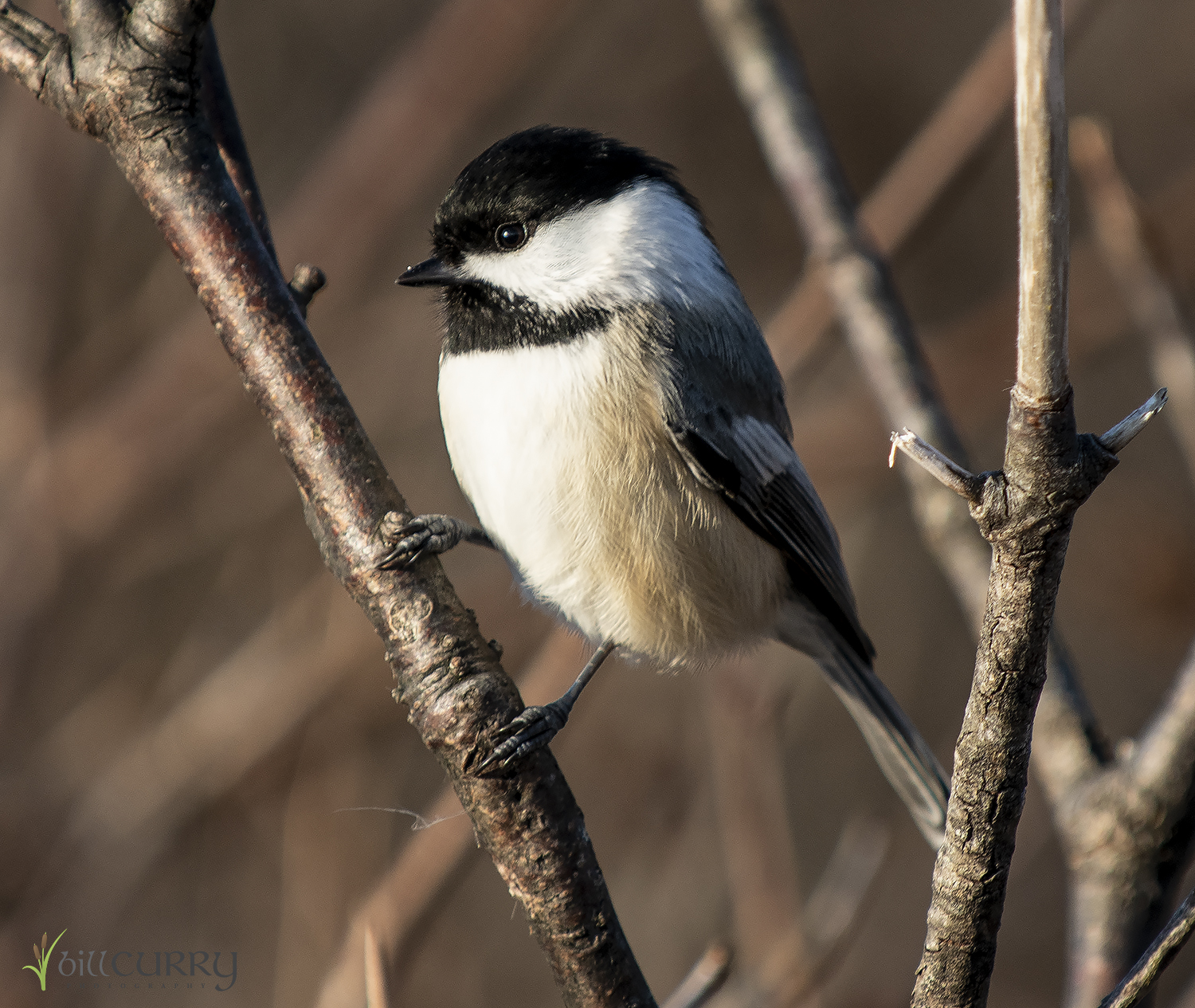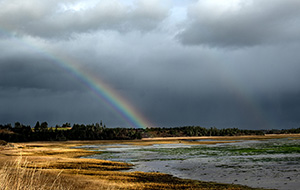
Black Capped Chickadee
Bird Feeders
With the return of the cooler weather, it is again safe to carefully put out feeders for our feathered friends. I love this, as almost instantly the yard, which has birds in it all year long, becomes filled with much more visible residents!
I feed out of a number of tube feeders (black oil sunflower seed is their favourite), and on one platform feeder, a couple of suet feeders (for the woodpeckers) and some seed on the ground to entice the pheasants. This outlay of food cause us to draw the birds out of the woods and marsh and into the relative open surrounding the house.
This week, in the first full week of feeders being up, we’ve spotted the robins that nest here, a half dozen cardinals who also nest nearby, numerous chickadees like the one shown, juncos, various sparrows and warblers and a few large birds – mainly our ring-necked pheasants, crows and ravens that are here all year round, and one Northern Harrier who keeps a keen eye on the marsh and hunts for mice routinely. We also have attracted a couple of hawks, so the Blue Jays, Mourning Doves and the odd pigeon have to keep a sharp eye out for that predator. Hey, they all have to eat!
Birding is an interesting hobby to have, and of course I keep track of the numbers and types of species and take part in various observing projects for the Audubon Society and Bird Canada – including the annual Christmas Count which will occur next month.
Feeding the birds is a great way to see them up close, and helps the birds out in winter when food is scarce. Fortunately, we don’t have any “outdoor” cats in our neighbourhood, so our birds can eat in relative safety. The daily filling of the feeders is something I enjoy, and I commune with the chickadees who some days will eat as I am putting out the seeds. It’s like they’re saying “thanks for the meal!”
I am the thankful one, though, to be able to live in a place where we can share our property with so many residents!



















































